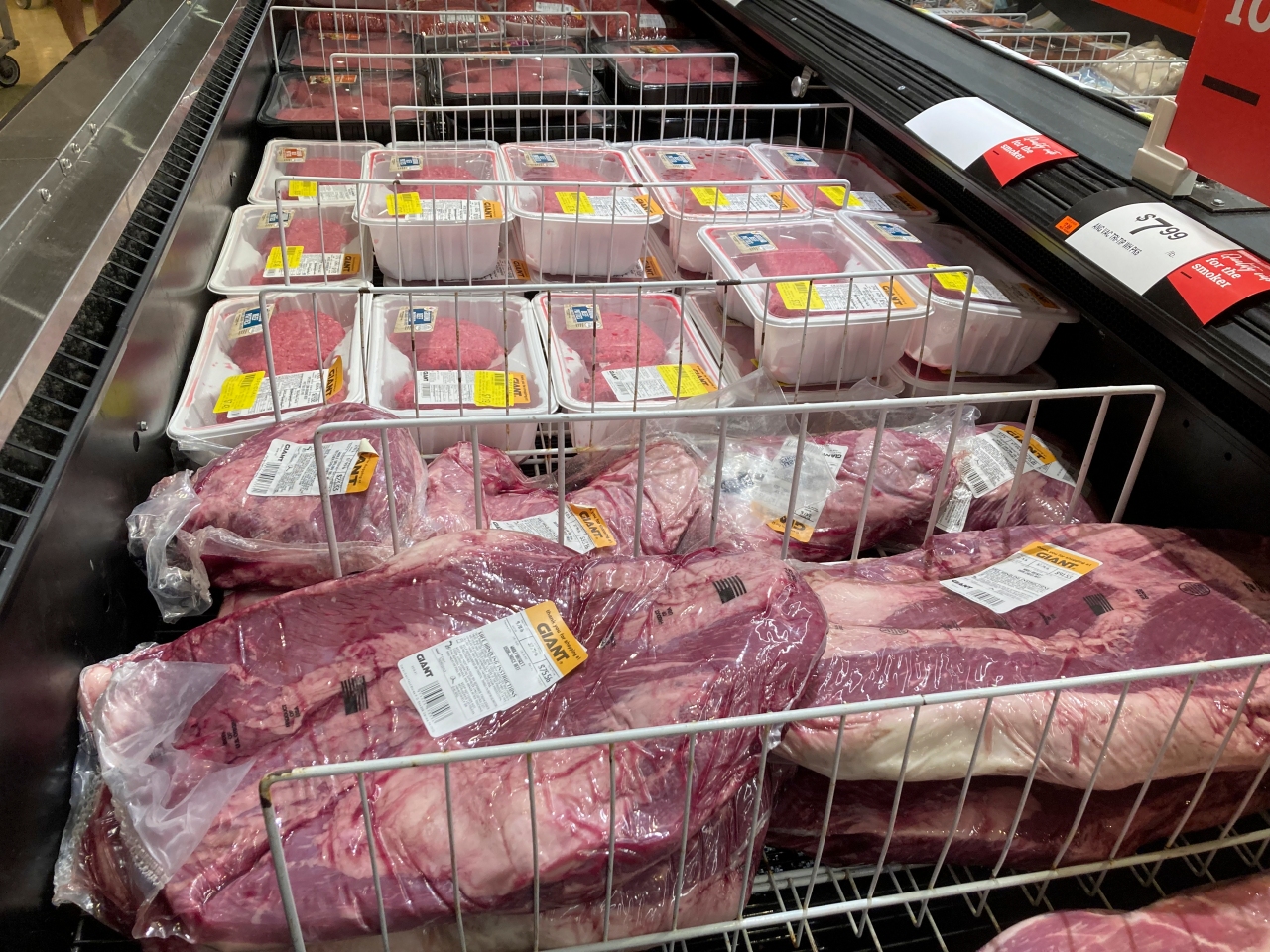(NEXSTAR) – Thanks to inflation, everything is just a little bit more expensive than it used to be. But meat is actually a lot more expensive. Some cuts cost 25% more than they did in September of last year, according to price-tracking by the Bureau of Labor Statistics. And we may not have seen the worst of it yet.
To understand why, it’s important to look at what exactly is driving up costs. Early in the pandemic, the price hikes were blamed on soaring demand (as we all stocked our freezers). COVID-19 outbreaks at meatpacking facilities also constrained supply at times.
That’s doesn’t tell the full story of what’s happening now, though, explains Derrell Peel, who teaches agricultural economics at Oklahoma State University and specializes in livestock. The industry is being affected by the same labor issues as other low-wage work.
“Working in a meat processing facility is not very glamorous work,” says Peel.
As you can imagine, slaughtering animals and processing meat for consumption isn’t an easy job during normal times. During the pandemic, it was deadly work. A House of Representatives investigation found the coronavirus infected at least 59,000 meatpacking workers and took the lives of 250.
“It’s been increasingly challenging for these industries to attract a labor force that’s consistent,” says Peel. “There’s lots of turnover, which also raises cost.”
The cost of doing business in general is also up this year. The price of fertilizer, much of which the U.S. imports from China, has increased, making it more expensive to grow corn. And more expensive corn makes it more expensive to feed livestock.
“It’s a big expensive circle,” says Rodney Holcomb, also an agricultural economics professor at Oklahoma State University. This time last year, corn was $4 a bushel, he says. Now it’s over $7 a bushel, nearly $8.
“I don’t see any way out of this because the price of fertilizer and the price of corn and soybeans are still going up,” said former labor lawyer Rick Berman in an interview with NewsNation. He also cited drought in the West as a contributing factor; less grass for cows to graze on means you need more of that expensive corn and soybeans for feed.
Meanwhile, demand for meat has grown internationally. Last year, the U.S. exported a record amount of pork, with China being the largest importer. Back here at home, consumers are still looking for meat at the grocery store — it’s just that now they’re getting sticker shock.
“Fundamentally we have enjoyed fairly cheap food in this country at the expense of workers, and that is probably going to change now,” says Peel. “It’s a change in our economy coming out of COVID. They’re not gonna work for that anymore.”
Suggest a Correction
